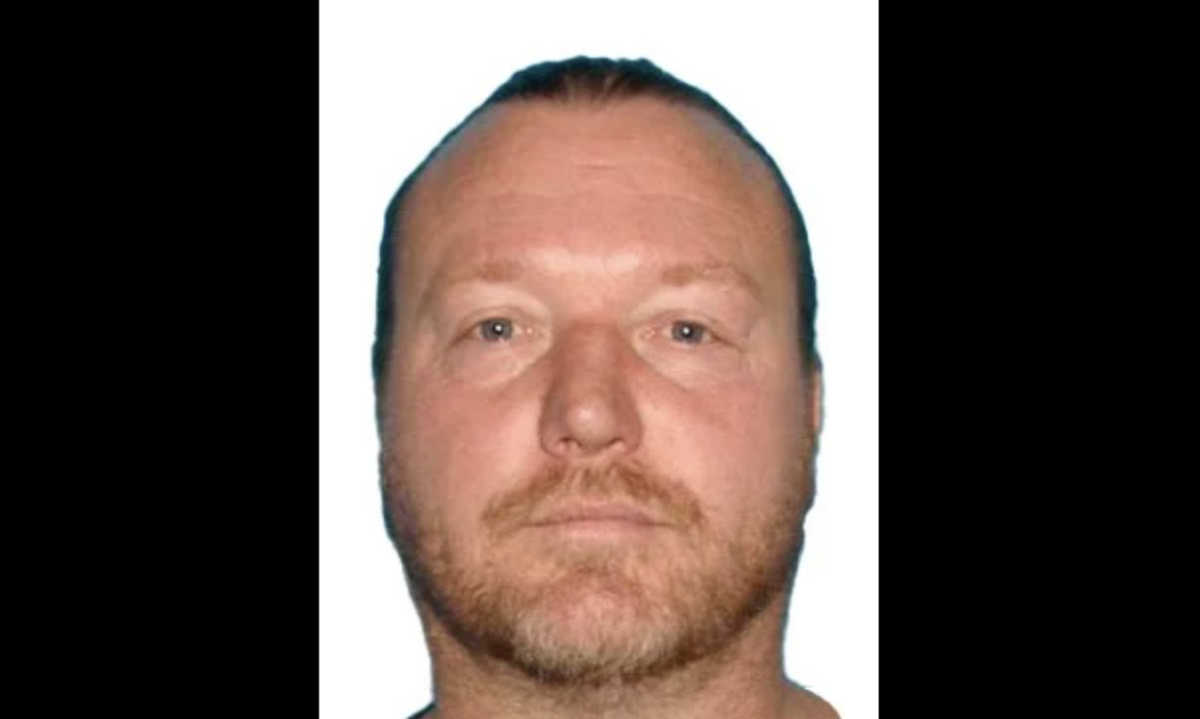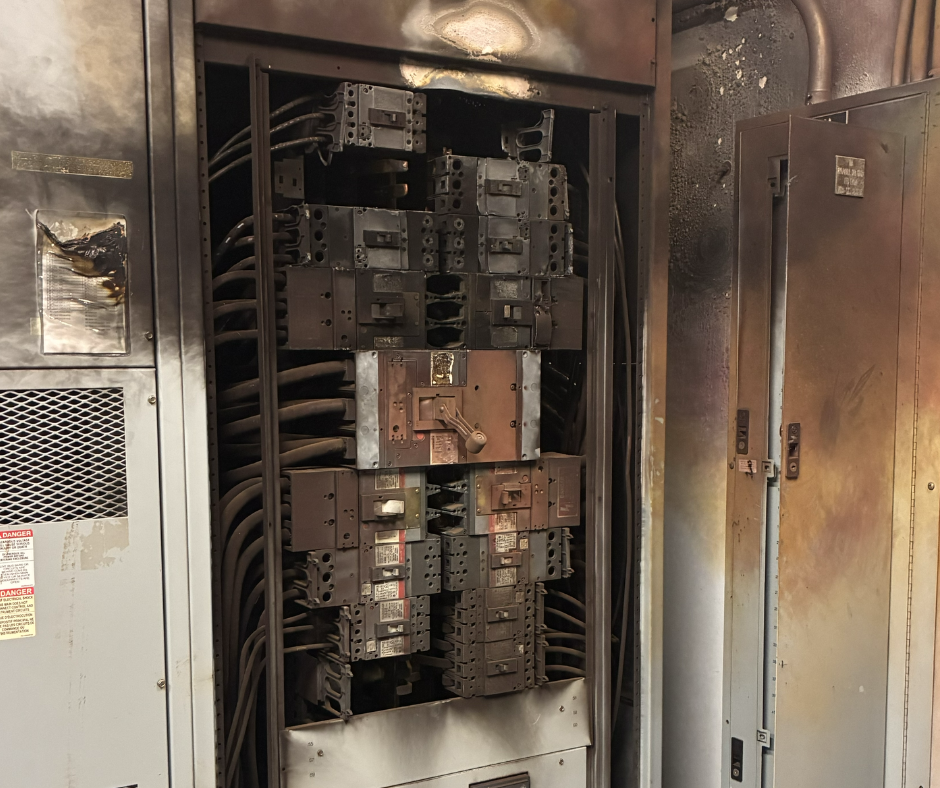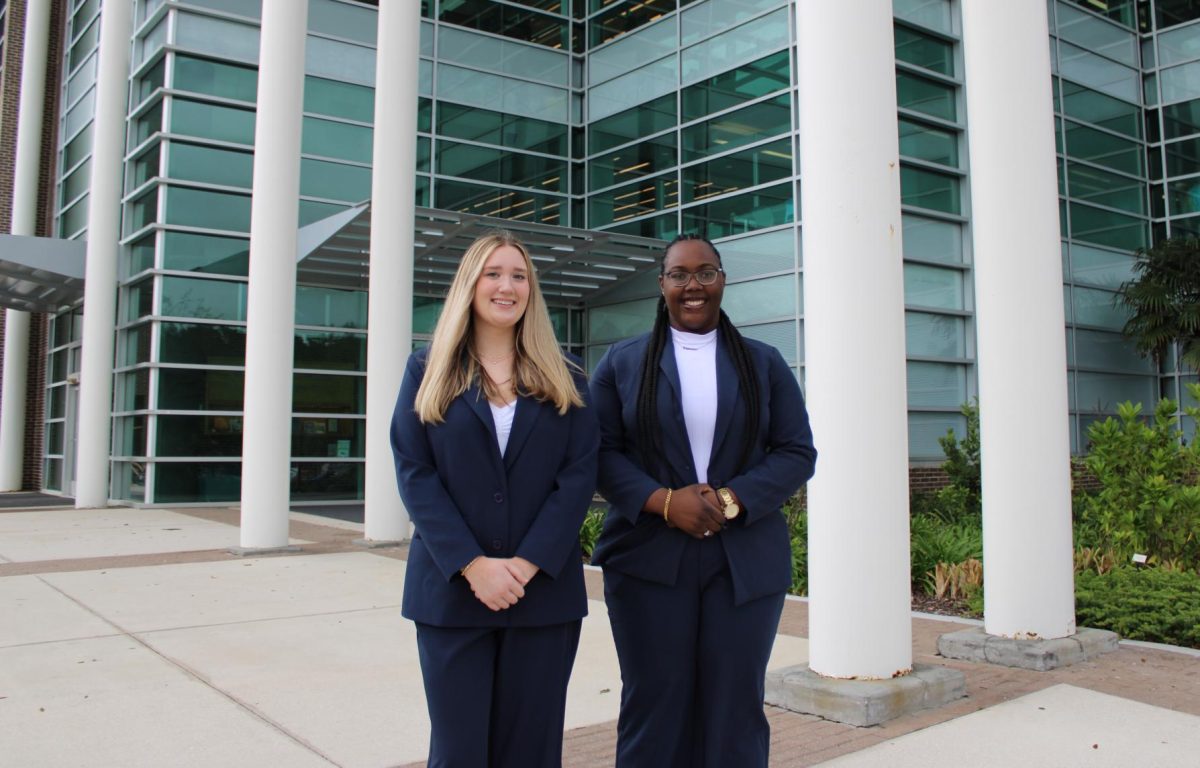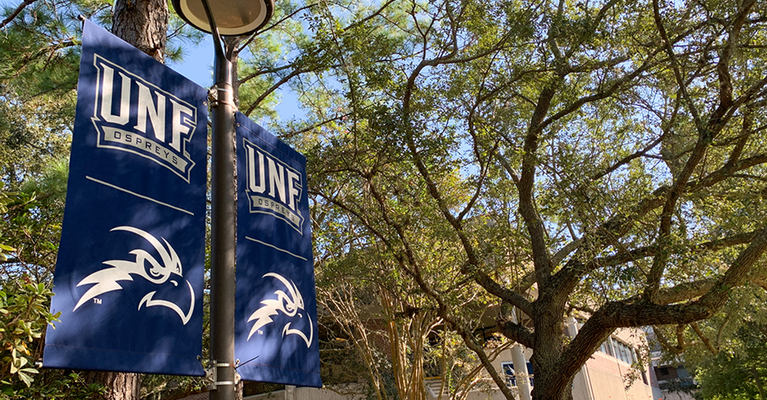By: Katie Gile, Staff Reporter

At 9 o’clock on a Saturday morning, 15 UNF students from Dr. Julie Richmond’s Advanced Marine Mammal Biology class filled the necropsy lab in the newly-constructed Biological Sciences Building, anticipating the start of UNF’s first-ever dolphin dissection.
Joining Forces
The Feb. 25 procedure was made possible by a partnership between UNF and the Florida Fish and Wildlife Conservation Commission, a collaboration Richmond has been involved with since she began working at UNF in 2010.
Rachel Cimino, a marine mammal research biologist for the FWC, performed the necropsy alongside Richmond, a biology assistant professor at UNF, as the pair instructed and led students through the procedure.
Cimino, who is also a UNF biology graduate student, said the partnership allows the FWC to perform necropsies within UNF’s brand-new lab, in exchange for student attendance and involvement.
“Normally my colleagues and I are out in the field, bending over the animals in the sand and in the heat, so working in this lab is really fantastic,” Cimino said.
Exposing students to the FWC’s overall purpose is an added bonus to the agreement, she said.
“The whole point is trying to conserve the species, so we’re hoping by doing this, we’ll get students more interested in conservation,” Cimino said.
Procedure Time
To prepare for the necropsy, which Richmond explained was the human-to-animal equivalent of an autopsy, students studied the anatomy and physiology of dolphins via textbook readings, slides and models.
Brian Citino, a UNF biology graduate student, said the work in class prepared him well, but the presence of a physical specimen added another dimension to his studies.

“It’s a unique learning experience,” Citino said. “Most of the time as biology student, you’re working with textbooks and models. This is definitely a great opportunity to be hands-on.”
Taylor Boice, a biology junior, extended his research to online journals and diagrams to get a better idea of what he was getting into but found most search results inconclusive.
“There’s not much out there about local necropsies,” Boice said. “I think this may be the only time I’ll ever get to see the inside of a marine mammal.”
As the day of the necropsy drew closer, word spread around campus of the dolphin and the procedure to come. Many students took a peek into the freezer where the dolphin was stored and into the necropsy lab where it lay during the days before the necropsy, Richmond said.
“My students have been so excited,” she said. “I only hope there’s this much buzz as we continue to do this in the future.”
Richmond was excited for the experience her students would gain as they honed their skills as biologists.
“There’s nothing like putting the knowledge you learned in the classroom to work in the real world,” Richmond said. “A critical part of becoming a scientist is delving in, getting that tactile experience.”
New Assets
Part of what made the procedure a reality was UNF’s new Biological Sciences Building, complete with a necropsy lab that can accommodate an animal up to 15 feet long and weighing up to 2,000 pounds, Richmond said.
UNF has the only necropsy lab in Jacksonville and bears the distinction of being one of few non-veterinary schools in the country to possess one, she said.
“We want to be able to do these necropsies and try to determine cause of death,” Richmond said. “It’s going to do wonders for the biology department. We’re doing various types of research, and that can only help the department and university as a whole.”
The Dolphin
For Nikki Teichert, a UNF biology senior, taking part in a dissection itself wasn’t half as novel as taking part in the dissection of such a large animal.
“It’s not everyday that you see a dolphin wash up on the beach, let alone get inside of it,” Teichert said. “I’ve seen dissections of everything from sharks to pigs, but those were all on the small end of the scale, never 9-foot dolphin size.”
The dolphin was an Atlantic Bottlenose that recently washed ashore in Ponte Vedra Beach, Cimino said.
It’s one of five dolphins recovered by the FWC this year. While that number is something the FWC keeps its eye on, Cimino said the number isn’t yet high enough to merit worry, but should another case occur, she hopes to bring the dolphin to UNF.
“It opens a lot of doors for current and former students,” Cimino said. “We’re hoping to continue this partnership. There’s a lot you can dive into, and it offers a lot more opportunities for the students.”
Email Katie Gile at staff1@unfspinnaker.com.











